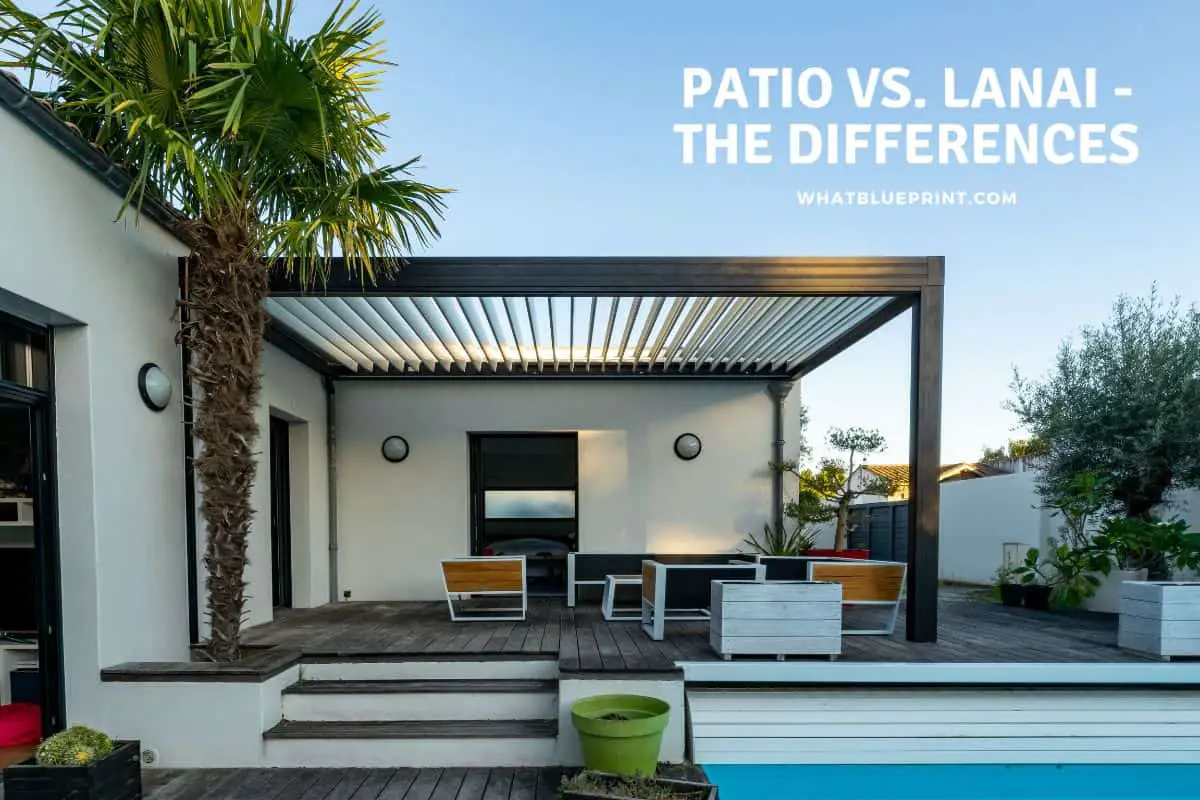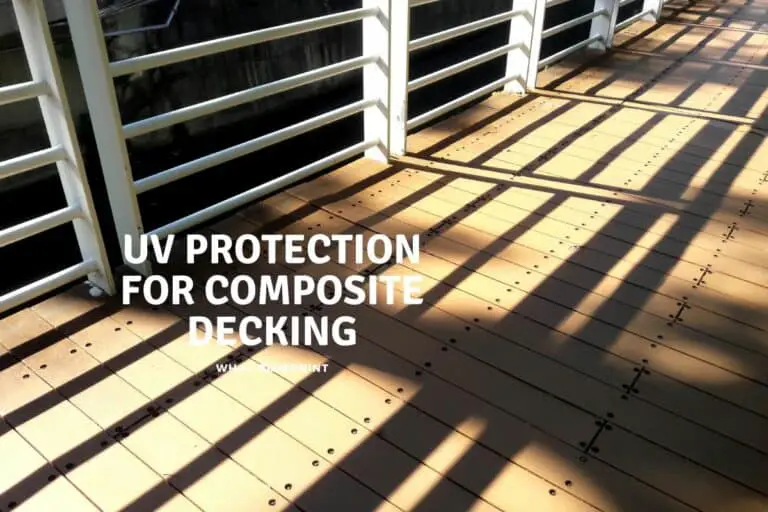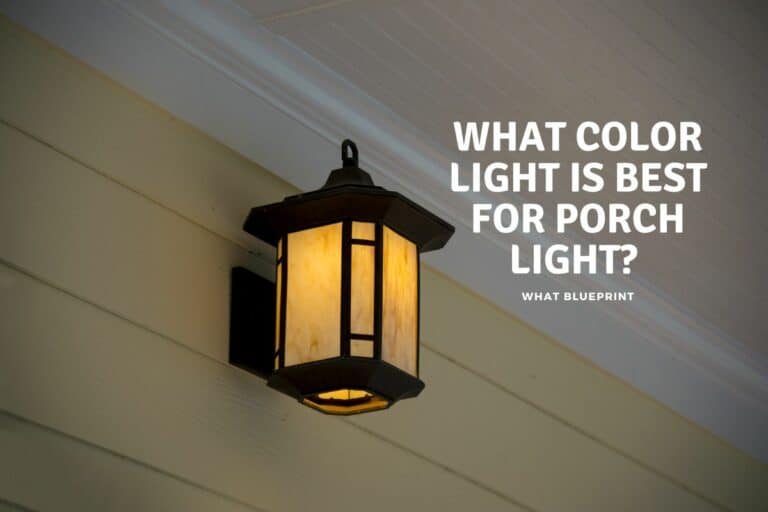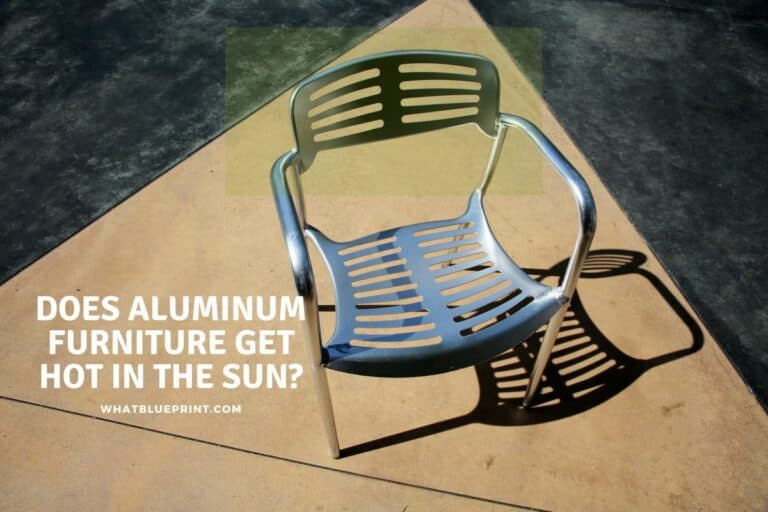Patio Vs. Lanai – The Differences
When building your home or planning an extension, some of the features you may consider can be very confusing, with characteristics overlapping occasionally. Your leisure area, in particular, often has several names that are used interchangeably, but which one is correct, and if building, which should you choose? Let’s look at Patio Vs. Lanai…
Differences Between a Patio and a Lanai
We have the major differences listed below for ease of reference.
A Lanai has:
- Enclosed sides
- A roof
- Concrete floor – level with interior floor
- Can house a sunken pool
- Secured by walls and door
A Patio:
- Has no walls
- Has no roof
- Has fewer construction costs
- It is built on the ground level
- Offers less security against the elements
Leisure spaces on (or added to) the home have several names that are commonly used, though not all are used correctly. A Veranda, patio, lanai, terrace, and balcony are similar in some ways, but each may offer an aspect the other does not have.
A patio is an outdoor area offering seating accommodation and where meals or refreshments can be offered. Sometimes it has a roof, either solid or partially open, in which case it is often called a Pergola. Usually, it is open with no walls or doorway from the outside. If it extends from the house, it will use a common floor.
A lanai is an open-sided addition to a home with a roof and walls for security and protection against the elements. The word is Hawaiian in origin, and lanais are incorporated in many homes, hotels, and guesthouses in Hawaii, thanks to the locals’ love of nature and of not being confined. Typically, it has a concrete floor, is included in the floor plans of a building, and is often later decked or tiled, etc.
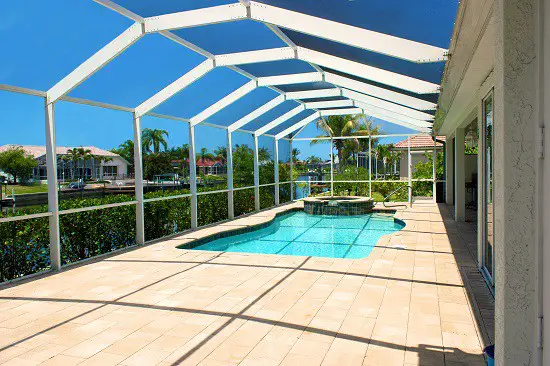
Characteristics Of A Lanai
Security
A lanai is typically considered a little safer than a traditional terrace, veranda, or patio, thanks largely to its roof and walls. Often constructed of glass or insect-screen, the walls give one the feeling of security and a little more privacy that many folks seek.
Floor
Generally made of concrete, the floor is more robust than a deck, providing a feeling of solidity. The windows give the guest or homeowner the feeling of being outside, with none of the usual disadvantages. (Excessive sun, rain, insects, etc.) This is a typical choice among owners who plan to use the space to rent, either short or long-term, or will use it themselves.
Location
The lanai typically extends outwards from an existing room, usually into a garden or unused area. Because it is on the building plan and level with the floor from which it extends, a lanai area counts toward the building’s total square footage. A lanai might also be found in an area that is wind-prone or is in a cooler climate, as the walls – even when glass – can offer protection.
Contents
The lanai can be formal, informal, or casual, with a pond, reading nook, or dining table all creating different ambiances. You can furnish them as you wish but remember they will be exposed to the elements.
Usage
In a warmer clime, the lanai is typically used year-round. In the hotter months, it offers protection against the beating sun (and sometimes houses a swimming pool) and a cooling breeze from the three sides not adjoining the main building.
The lanai is easily heated with an outdoor heater and a haven from cold winds or rain in the cooler months. Thanks to the cross ventilation, an indoor BBQ is a perfect addition to this leisure area.
Cost Of Building A Lanai
A lanai currently costs around U$7 per square foot, though this will vary with changes in location and raw materials. Labor costs will also swing wildly, and so will several other factors. If you choose to pave or add a pool, this will increase the cost dramatically.
Will A Lanai Add Value To Your Home?
A well-planned and correctly built lanai will certainly add value to your home, and this value will be realized when you sell, but of course, there is also the pleasure you will all gain in the ensuing years.
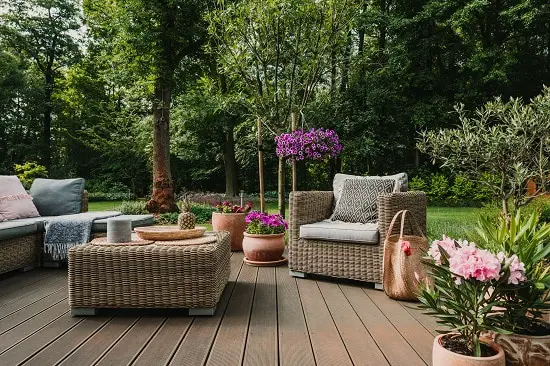
Characteristics Of A Patio
Security
Since the patio is generally open, there is no security against intruders or the elements. Furniture is usually heavy and basic, and the less-is-more approach is prevalent.
Floor
Concrete is the typical choice for a patio, but clay bricks, flagstone, gravel, slate, and tile are also used extensively.
Location
Typically, the patio floor will be an extension of one of the internal room’s floors, and the patio is considered a part of the home rather than an extension of the garden. North-facing patios in the US will generally be found in the warmer states to evade the harsh sun, whereas the opposite applies to states like Maine, Wisconsin, etc.
Although a patio is almost exclusively open, adding screen walls is another option to combat wind and offer additional privacy where required.
Contents
Typically lightly dressed, a patio will have items that are impervious to outside influences like the weather. Light, rainproof materials are usually used in the furniture, and any fabrics are simple and easy to replace.
Usage
A patio is a leisure area that is quick to access and easy to leave. There are no walls, other than the wall against which it backs, and it’s very easy to clean, with no windows and often no ceiling.
Floridians will have a different take on the lanai vs. patio question since they refer to a patio as a lanai. Furthermore, many Americans refer to a patio as a veranda or verandah, so the real differences start to blur considerably, they are all ways to utilize your outside space for the maximum benefit though.
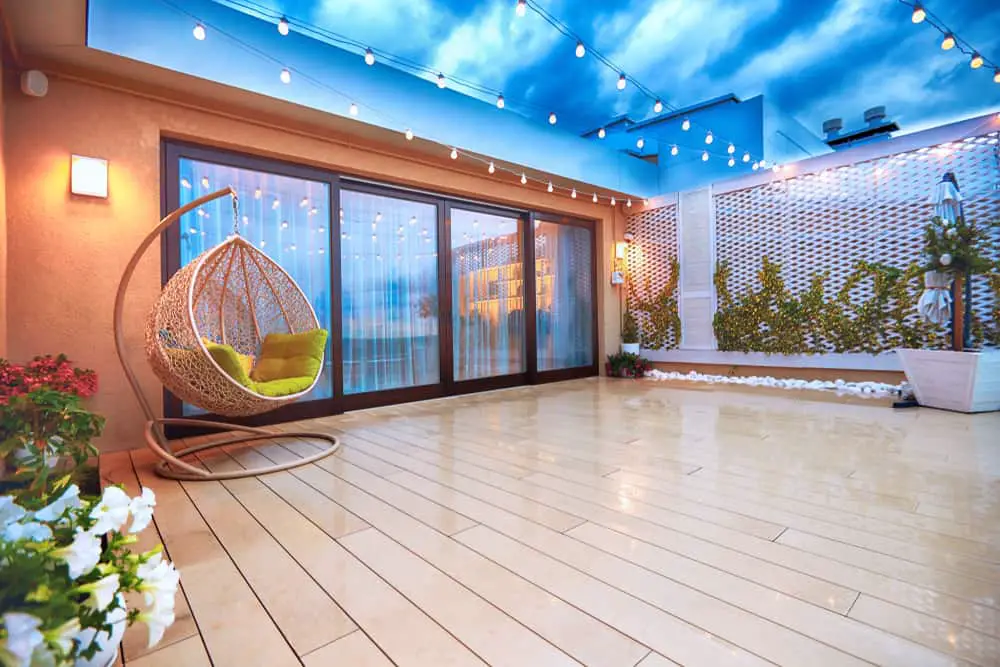
Will Adding A Patio To My Home Increase Its Value?
Most likely, yes. Any planned and well-built addition will add to your home’s value at selling time, but don’t discount the months (years?) that you will use and enjoy the patio.
Conclusion
If you’re looking for something that feels a little more like part of the home with added security and can be easily heated, then a lanai is the easy winner. Conversely, if you want something that will cost far less to build and feels more like a garden than just another room in the house, a patio might just be the thing for you.
Of course, security in your area might be an issue – it certainly is where I live – in which case you might prefer to spring the extra for the lanai. Either way, you’re going to have a great leisure area.

